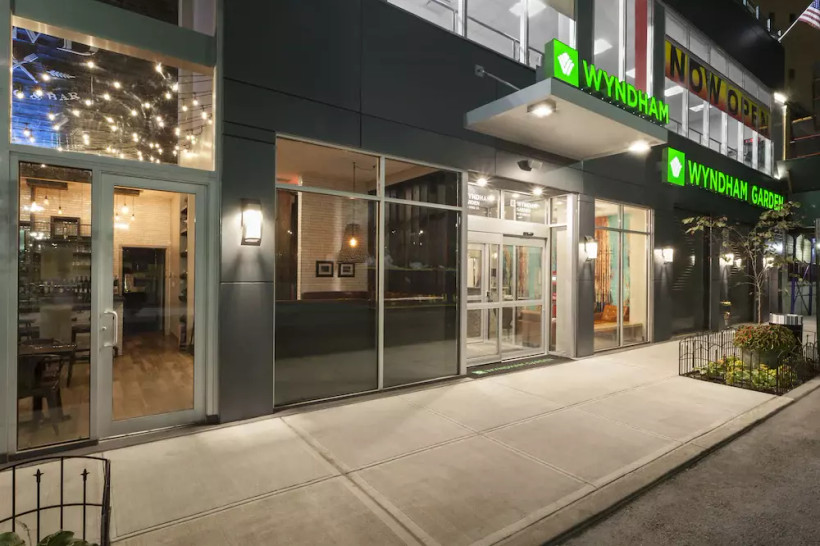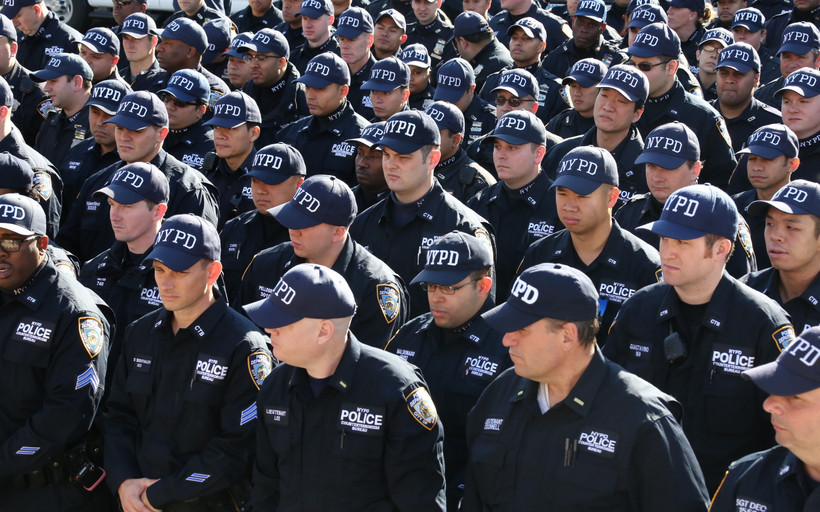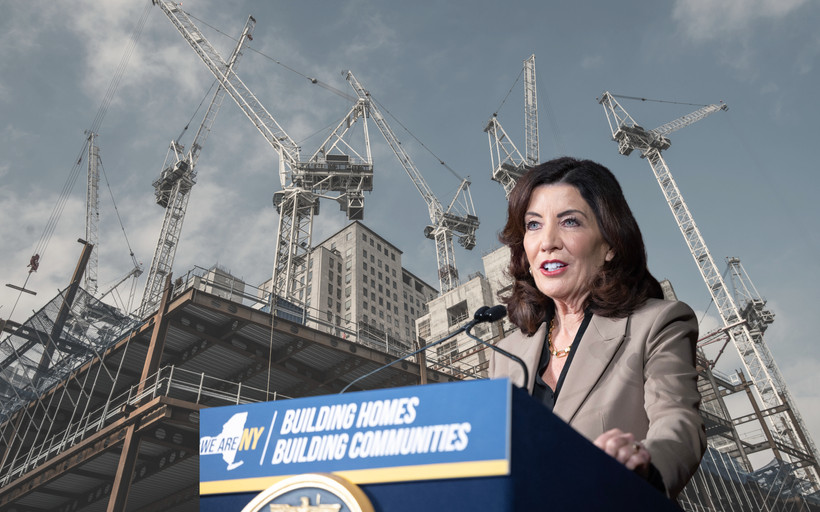He Was Homeless, So the Judge Kept Him at Rikers
How a lack of stable housing, combined with bureaucratic hurdles in New York’s labyrinthine re-entry process, kept one man at Rikers during the height of its crisis.


Previously unreleased disciplinary files expose officers who beat, slap, and pepper spray the residents they’re supposed to protect. Most are back at work within a month.
Local regulations haven’t kept up with the rollout of new surveillance tech. Some reformers see Washington as their best hope.
Stark disparities in access to life-saving medication for opioid addiction persist between facilities — and racial groups.
Referencing a New York Focus story, Assemblymember Jessica González-Rojas introduced legislation to prevent public agencies from naming the medically discredited condition in their reports.
In the New York City teachers union, anger over a plan to privatize retiree health care could send a longshot campaign over the edge.
Migrants from Mauritania and Senegal were the most likely to receive eviction notices, but not the most populous groups in shelters, a New York Focus analysis found.
It’s the first step New York has taken to address its housing shortage in years — but tenant groups are fuming and real estate wants more.
As real estate developers resist wage guarantees and try to roll back tenants’ rights, a potential budget deal is at an impasse.
What are industrial development agencies?


